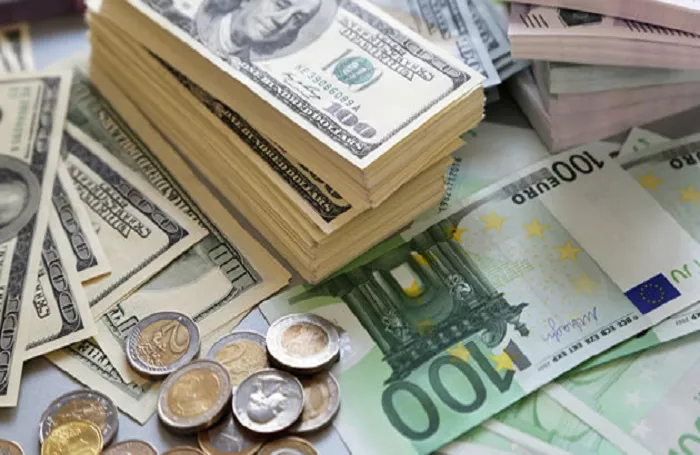On Monday, the EUR/USD currency pair extended its downward trend for the fourth consecutive day, as European business sentiment took a hit. The markets are pinning their hopes on the Trump administration to ease tariff tensions, but the situation remains uncertain.
The release of EU and US Purchasing Managers Index (PMI) survey results added to the market’s jitters. These figures painted a mixed picture of the economic outlook, leaving investors in a state of unease. The EUR/USD dipped below the 1.0800 mark, as market sentiment struggled to make sense of the conflicting economic data and ongoing tariff concerns.
Trump’s Tariff Maneuvers and Market Response
US President Donald Trump’s recent tariff threats have been on-again, off-again, keeping investors on edge. However, there was a glimmer of hope when Trump hinted at potential tariff exemptions for his April 2 trade policy. This suggestion provided some relief to investors and helped contain the strength of the US dollar.
PMI Data Analysis: A Tale of Two Economies
Eurozone PMI Data
Looking at the PMI data in detail, in March, the pan-European PMI data showed a concerning trend. The Manufacturing PMI in the Eurozone increased slightly to 48.7 but still remained in contraction territory. Meanwhile, the Services PMI edged down to 50.4, falling short of the market’s median forecast of 51.0, which had anticipated a rebound.
US PMI Data
In the United States, the Manufacturing PMI for March plummeted more than expected to a three – month low of 49.8. This drop was attributed to the impact of tariff threats, which are casting a shadow over the physical production outlook. Businesses are growing increasingly worried about the economic landscape, pushing the index back into contraction territory. On a more positive note, the Services PMI in the US exceeded expectations, rising to 54.3, hitting a three – month high. Services operators believe they can pass on the increased costs due to tariffs to consumers.
Upcoming Economic Data to Watch
In the coming days, the economic data scheduled for release is of mid – tier importance until midweek. However, traders will be closely monitoring the upcoming US Personal Consumption Expenditure Price Index inflation figures, set to be released on Friday. These figures could potentially have a significant impact on the markets.
Technical Analysis of EUR/USD
Looking at the technical analysis of the EUR/USD, it has been in a downward spiral for four trading days, declining from its recent high of 1.0950. Currently, it is testing the 1.0800 level. Although it is still trading well above the 200 – day Exponential Moving Average (EMA) around 1.0675, technical oscillators are indicating a downward acceleration. This suggests that the bull run for the EUR/USD, which was 5.8% above its last major swing low below 1.0200 in January, may be coming to an end.
Factors Influencing the Euro’s Value
Role of the European Central Bank
The Euro is the currency used by 19 countries in the Eurozone. It is the second most – traded currency globally, with the EUR/USD being the most actively traded currency pair, accounting for around 30% of all foreign exchange transactions. The European Central Bank (ECB), based in Frankfurt, Germany, plays a crucial role in shaping the value of the Euro. It sets interest rates and manages monetary policy with the aim of maintaining price stability. Higher interest rates, or the anticipation of them, generally boost the Euro’s value.
Key Economic Indicators
nflation data, measured by the Harmonized Index of Consumer Prices (HICP) in the Eurozone, is a key factor influencing the Euro’s value. If inflation exceeds expectations, especially if it goes above the ECB’s 2% target, the ECB may raise interest rates to bring it under control. A strong economy, as indicated by various economic data such as GDP, employment figures, and PMI surveys, is beneficial for the Euro. It attracts foreign investment and may prompt the ECB to increase interest rates. Additionally, the Trade Balance, which measures the difference between exports and imports, also impacts the Euro. A positive trade balance strengthens the currency, while a negative one weakens it.
Topics:
EUR/USD on the Slide: Approaching Key Support Levels Amid Technical Weakness
EUR/USD Stable Below 1.0900 Awaiting US Retail Sales Data


